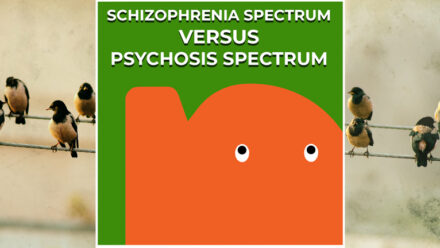
Emotional awareness, what has this to do with mental health? For this we have to ask ourselves what is the nature of mental health.
As we discussed earlier, in the world of mental health care and academic fields like psychology and psychiatry we have gotten a little bit caught up in a model that mainly focuses on diagnosing illnesses.
Because of this we may have missed the fundamental element, namely, what is actually the definition of ‘mental health’? Let’s examine this question more closely in this blog, especially from the perspective of human experience.
Emotional awareness: The mystery of awareness
Before we dive deeper into emotional awareness and mental health, it’s essential to understand what awareness is. Awareness can be defined as the tool we use to experience and observe ourselves, our bodies, and our environment. It is the awareness of experience itself – the realisation that you experience things. The intrinsic connection between the brain and the awareness is a complex mystery.
Although we know that the brain is essential to be able to experience things, the content of our awareness is not necessarily directly reduced to a specific brain activity.
Emotional awareness: Emotion is the colour of awareness
Recent research suggests that the nature of awareness is essentially emotional or affective.
Imagine:
Your senses receive information from the outside world. This information is then compared in your brain to previous experiences and memories. From this ‘negotiation’ an idea or image of the environment is created. And what is unique is that this image has an emotional element to it. This emotional response, whether it is negative or positive, sends us a signal about how we need to relate to that environment.
So what does this mean for mental health?
Well, if we follow this experience, we can say that mental health has something to do with the rhythm and fluctuation of these emotional signals. Mental health can be viewed as an ongoing up-and-down movement of our emotional perceptions. This dynamic wave of emotions, that varies between positive and negative, gives us a sense of self-regulation and control. When this rhythm is consistent, we feel mentally healthy.
A preview of my next blog
If we can embrace this concept of mental health, we can get a better understanding of what a disruption of the experience of mental health means. But that, dear readers, is the subject of the next blog.
I hope this gives you some insight in the wonderful complexity of our mental experiences and how we can derive an idea of mental health from this. Let’s continue exploring, understanding, and cherish our awareness and our mental health.
Warm Greetings,
Jim





Comments: